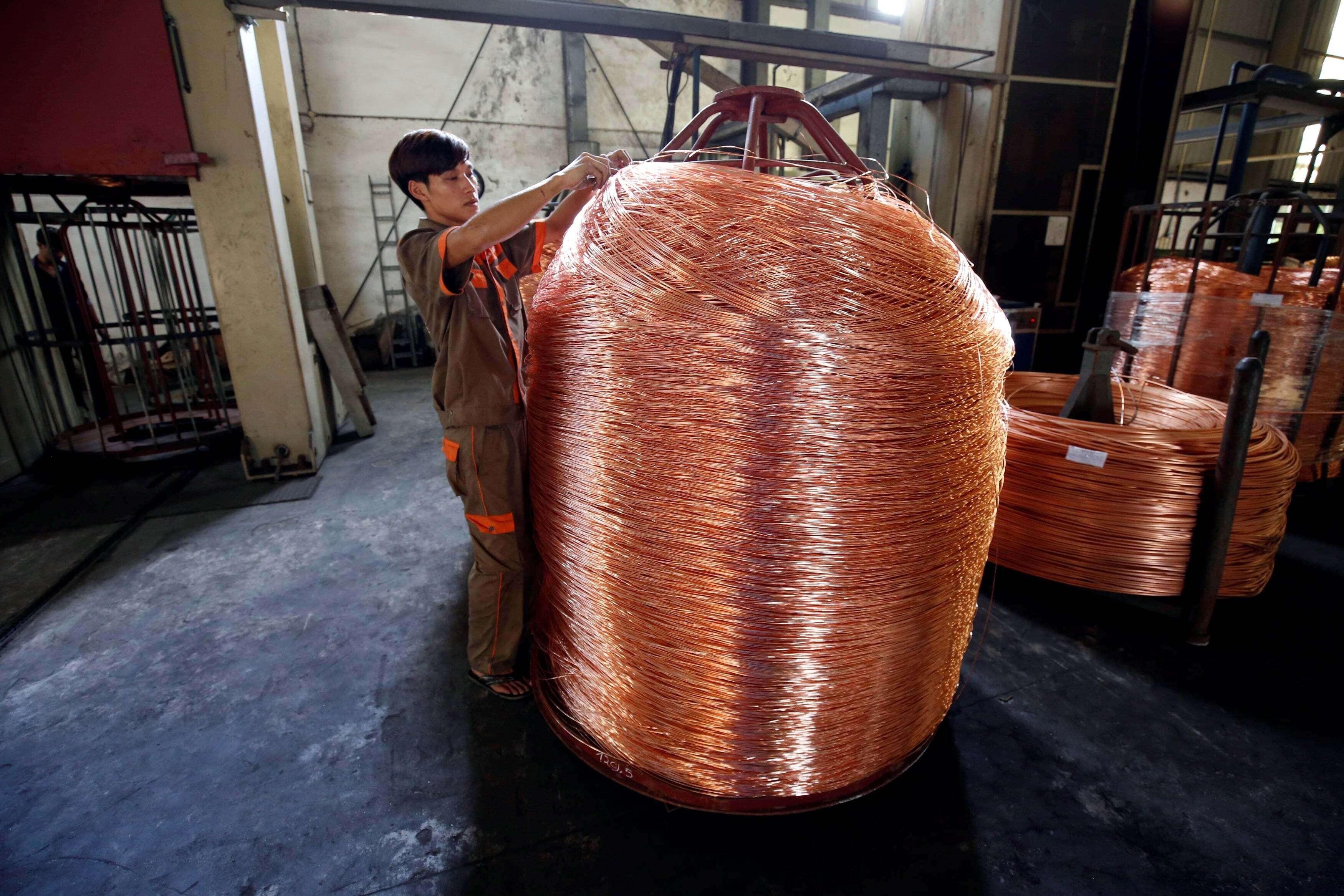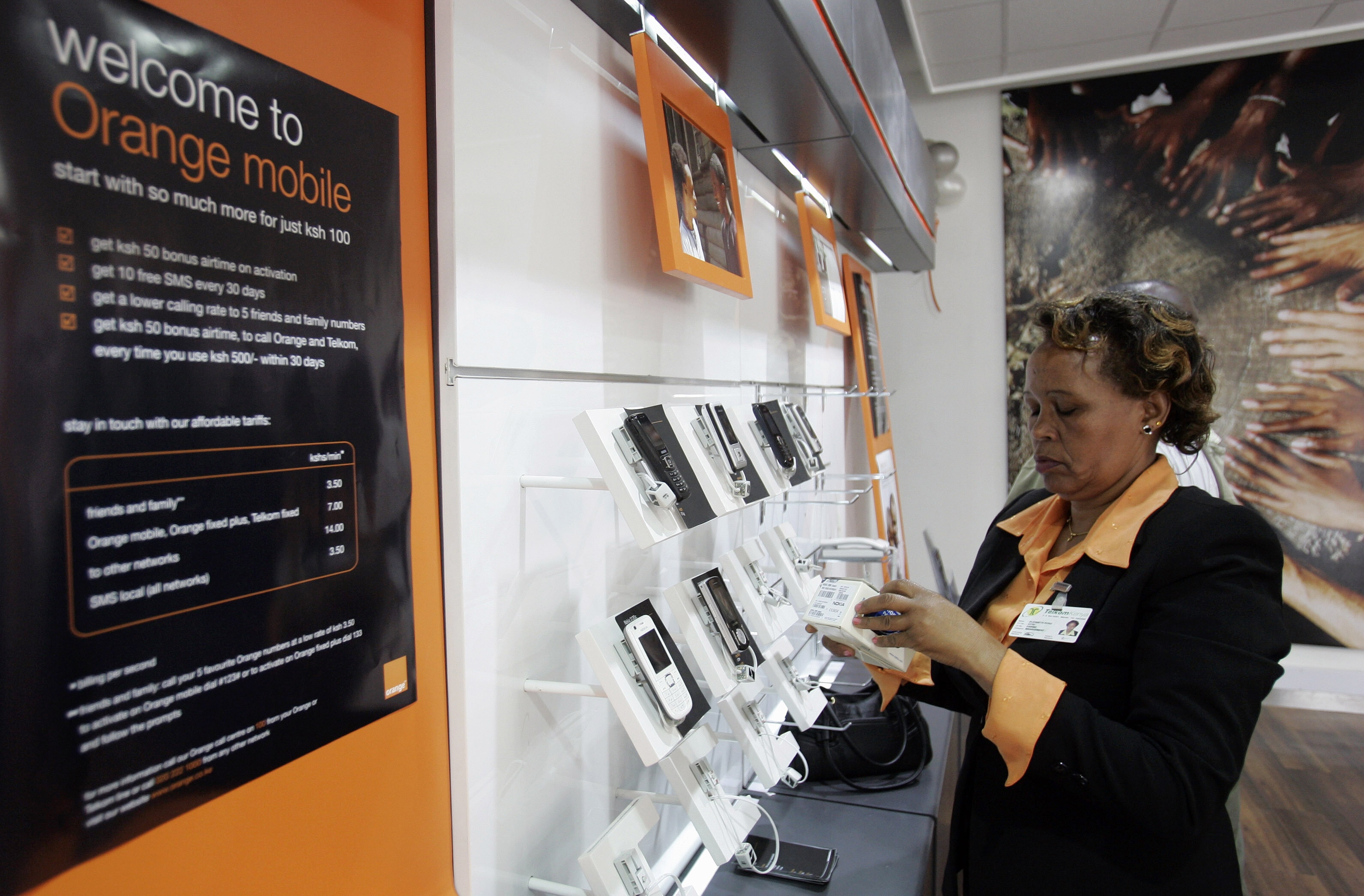A new approach to finance could unlock access to energy for 600 million Africans

A 500W solar system in a rural village in Uganda
Image: USAID on Flickr
Hela Cheikhrouhou
Vice-President, Middle East, Central Asia, Turkey, Afghanistan and Pakistan, International Finance CorporationStay up to date:
SDG 07: Affordable and Clean Energy
- Distributed energy companies hold the key to bringing electricity to 600 million Africans.
- However, the lack of an adequate ecosystem has made it hard for these firms to scale.
- A new, data-driven approach to financing could provide the answer.
In the last decade, many new solar home system (SHS) companies, mini-grid operators and other distributed energy companies have emerged as donors and impact investors have recognized the significant potential offered by these solutions.
Distributed energy companies provide access to a number of critical necessities: lighting, access to basic appliances, increased agricultural productivity and climate resilience. Flexible repayment terms and remote disconnection of SHS, which enable pay-as-you-go (PAYG) solutions, have further expanded the accessibility and total addressable market for these products. Donors and impact investors have recognized the potential of these products, especially for the base of the pyramid (potential end-users living on very low incomes).
However, a question remains: despite evidence showing that nearly 300 million Africans without electricity have the ability to pay, why haven’t distributed energy companies scaled successfully?
The answer is that distributed energy companies, donors and impact investors do not yet have an adequate ecosystem that allows for integrated planning and the strategic deployment of resources. All these stakeholders have a common goal of bringing electricity to 600 million Africans, but they each have differing short-term questions, priorities and understandings that limit their synergistic potential. While short-term priorities and incentives may differ, agreement around the longer-term goal of facilitating energy access can provide the basis for a shift in approach. Resolving these issues requires a common understanding and framework, resting on top of robust data and powered by advanced risk analytics and machine learning.
There is no single panacea to electrify 600 million Africans. Instead, an integrated approach that utilizes SHS, mini-grids and on-grid access is required. However, limited data on the geographic and human terrain of specific areas has posed numerous challenges to realizing this integrated approach at scale.
What is needed is a common infrastructure that can link all levels of stakeholders, ranging from global investors, multilateral donors, national governments, all the way down to local communities. Driving investment into SHS companies and mini-grid operators cannot be accomplished by either a purely top-down or bottom-up approach. These sectors are still relatively new frontiers with nascent ecosystems. To build the necessary supporting ecosystem within a short period of time, stakeholders at all levels need a common language and incentive structure that drives greater coordination. If universal energy access is to be achieved by 2030, we cannot wait for this to emerge organically - something that would take many years.
SHS companies, mini-grid operators and utilities will require billions of dollars in financing over the coming years to provide households with access to energy, which means the sector needs an injection of commercial capital. For example, if the off-grid solar sector is to reach its full potential, it will require sales of more than 20 million SHS and over $5 billion to finance those sales over the next five years. So far, donors and impact investors have been critical pioneers, providing equity and debt financing, but the current levels of funding aren’t sufficient to meet the significant demand. Commercial capital is required in order to meet current and future needs.
Unlocking commercial capital at scale requires blended finance approaches that use impact funding strategically to catalyze commercial sources. Blended finance - the strategic use of concessional capital to catalyze commercial funds - has been a successful approach that helps mitigate the risks faced by commercial capital providers. One way to achieve this is for financial intermediaries to use a layered capital structure that can draw from both commercial and concessional sources in order to achieve this goal.

Donors and impact funders want to know that their funding flows to those who need it the most, but they are currently constrained in how they can target grants and performance subsidies. To this end, donors and impact funders have been exploring the use of grants to incentivize the deployment of distributed energy solutions, especially those that target the base of the pyramid and vulnerable populations. These programmes have been valuable in spurring the expansion of distributed energy into new markets, but this is typically captured at the level of the distributed energy companies, not by the end beneficiary where donors' returns on impact may be maximized.
Data-driven financing platforms are able to channel performance subsidies and grants to households that need them the most, which mitigates the risks involved in serving the base of the pyramid and results in a more market-driven approach. Furthermore, identifying specific users who may be deemed high-risk by distributed energy companies and channelling grants to them directly - that can then be used to purchase energy systems and services - allows those individuals to use the funding in ways that best meet their needs, while mitigating their credit risk. Empowering and integrating vulnerable populations is critical to driving the larger ecosystem.
Achieving universal electrification will not be achieved through a business as usual approach. Data-driven planning, cooperation and financing is the new paradigm that can become the new normal for distributed energy companies, public sector partners, impact funders and commercial lenders.
Don't miss any update on this topic
Create a free account and access your personalized content collection with our latest publications and analyses.
License and Republishing
World Economic Forum articles may be republished in accordance with the Creative Commons Attribution-NonCommercial-NoDerivatives 4.0 International Public License, and in accordance with our Terms of Use.
The views expressed in this article are those of the author alone and not the World Economic Forum.
Related topics:
Forum Stories newsletter
Bringing you weekly curated insights and analysis on the global issues that matter.
More on Trade and InvestmentSee all
John Letzing
July 24, 2025
Anthony Cano Moncada
July 23, 2025
Lisa Satolli
July 17, 2025
Yusuf Maitama Tuggar
July 10, 2025
Bright Simons
July 7, 2025





